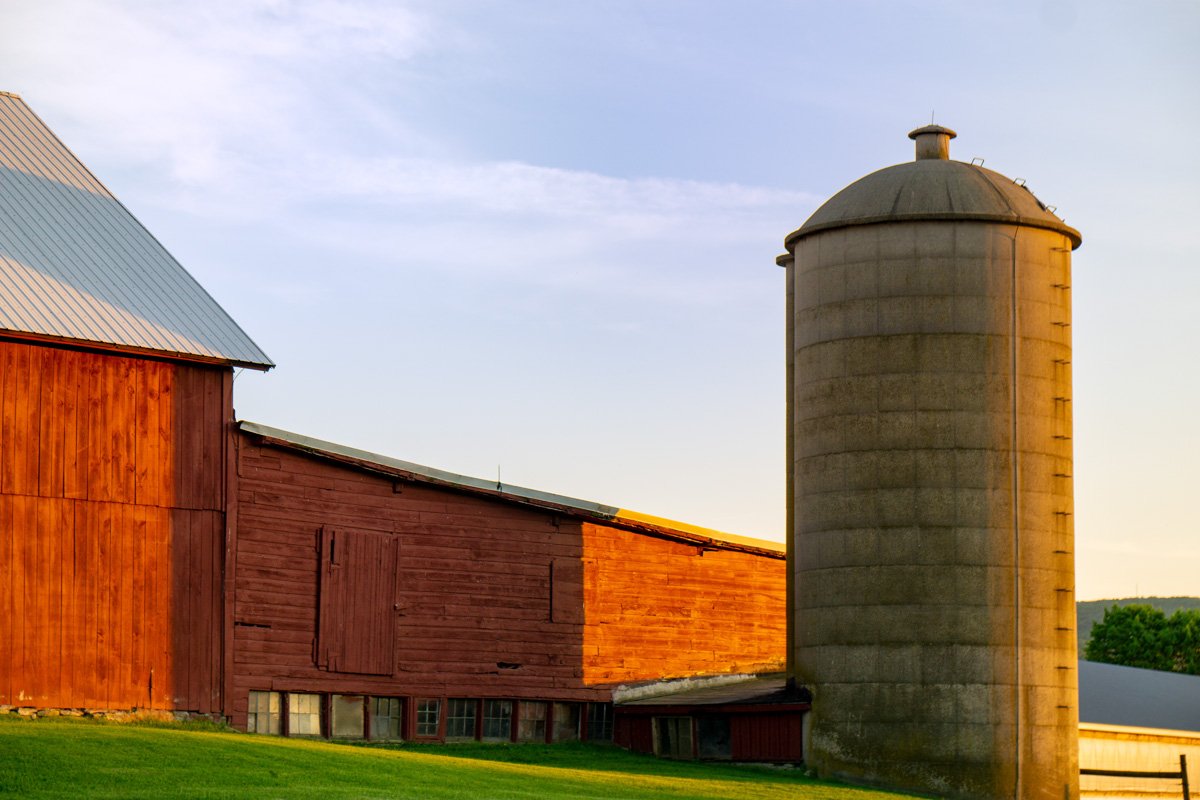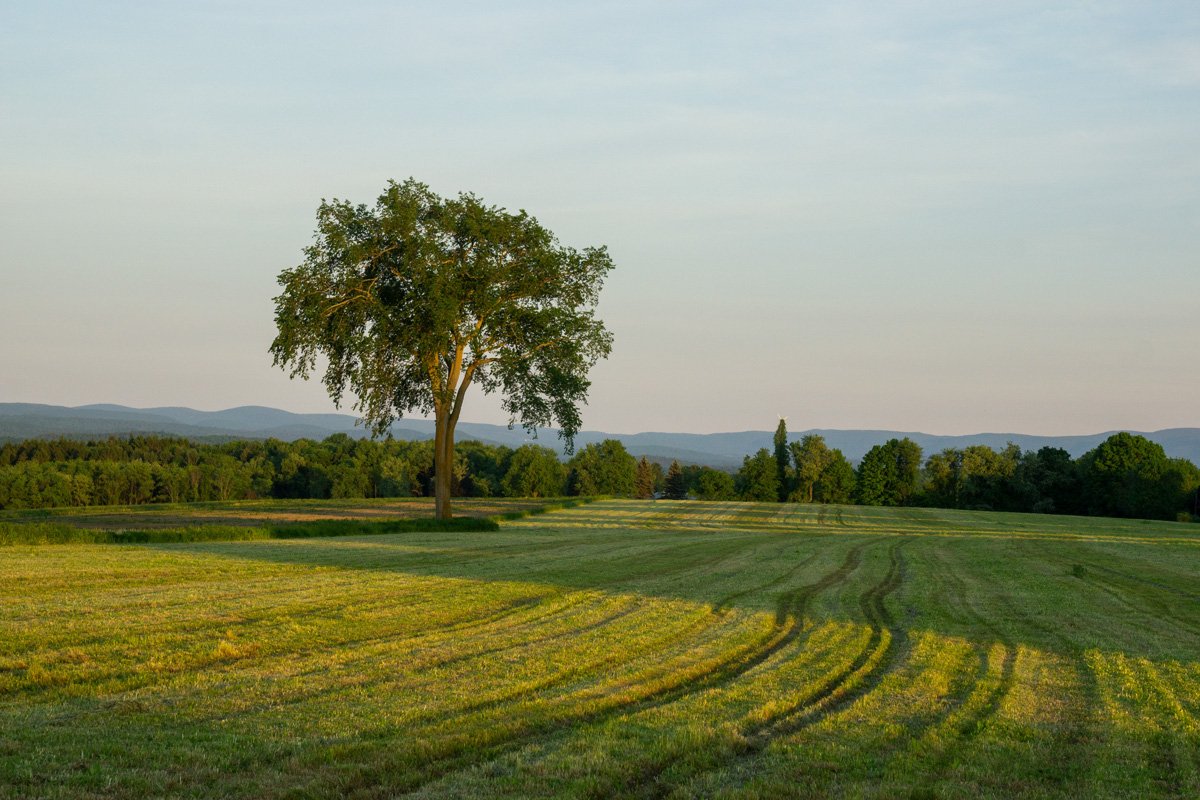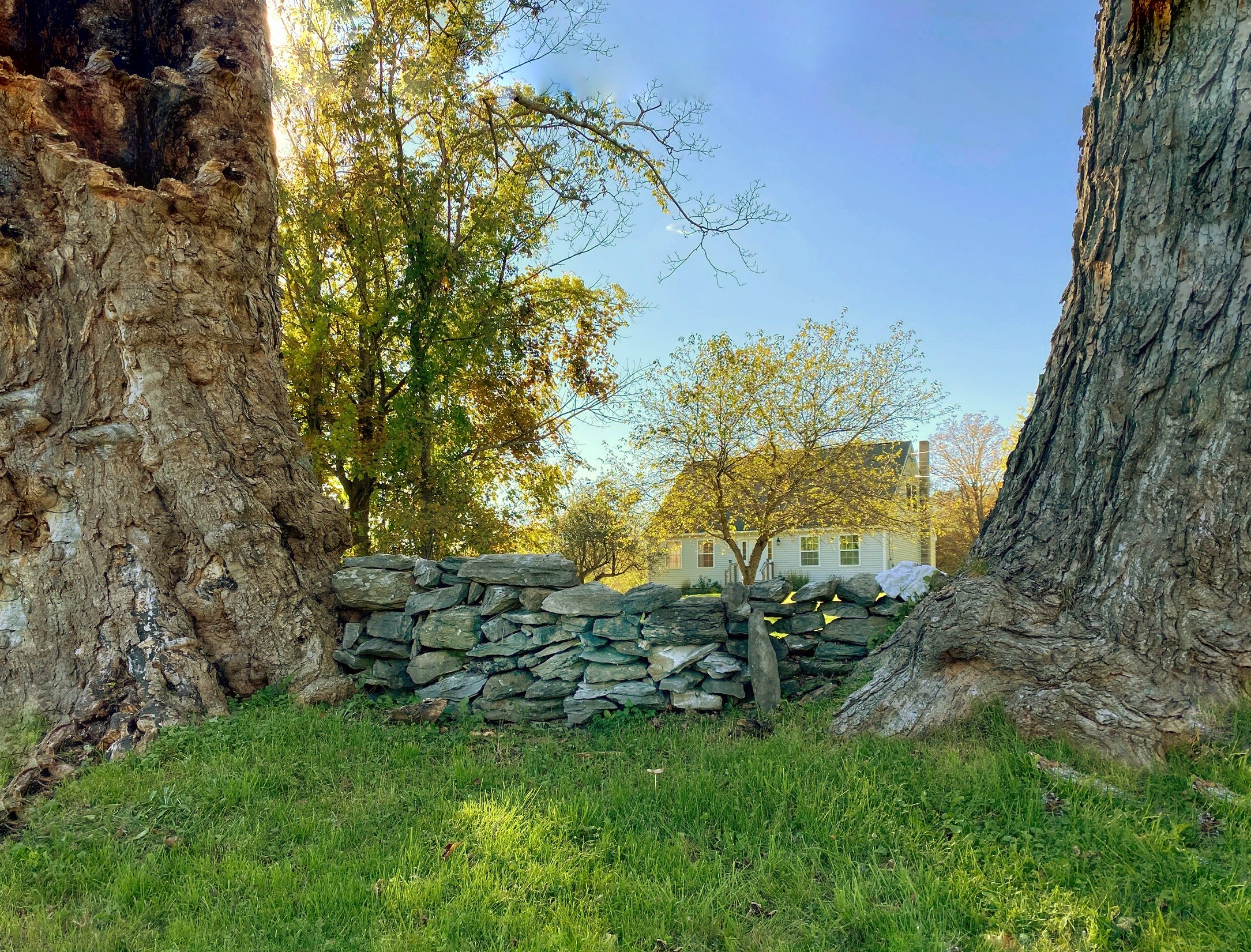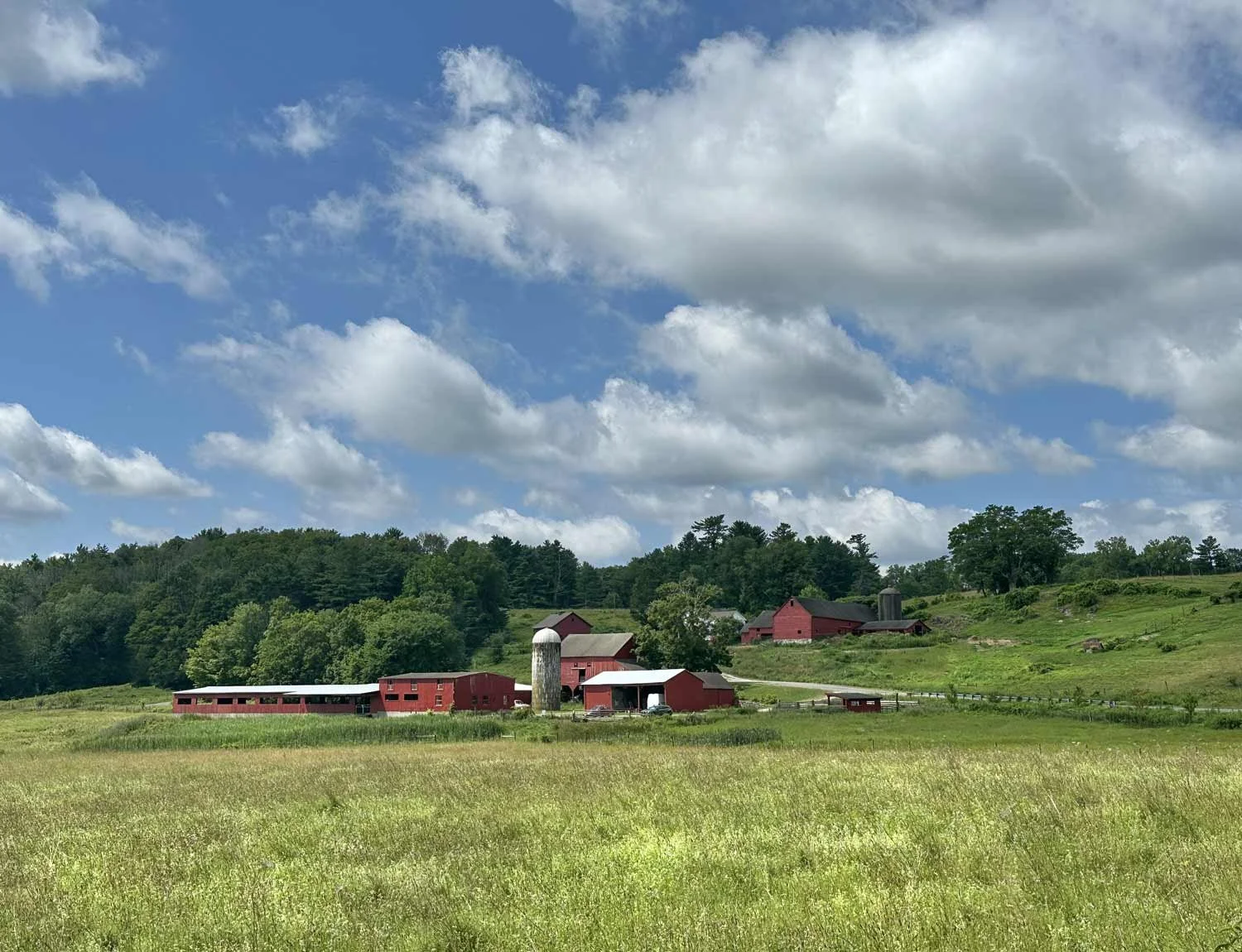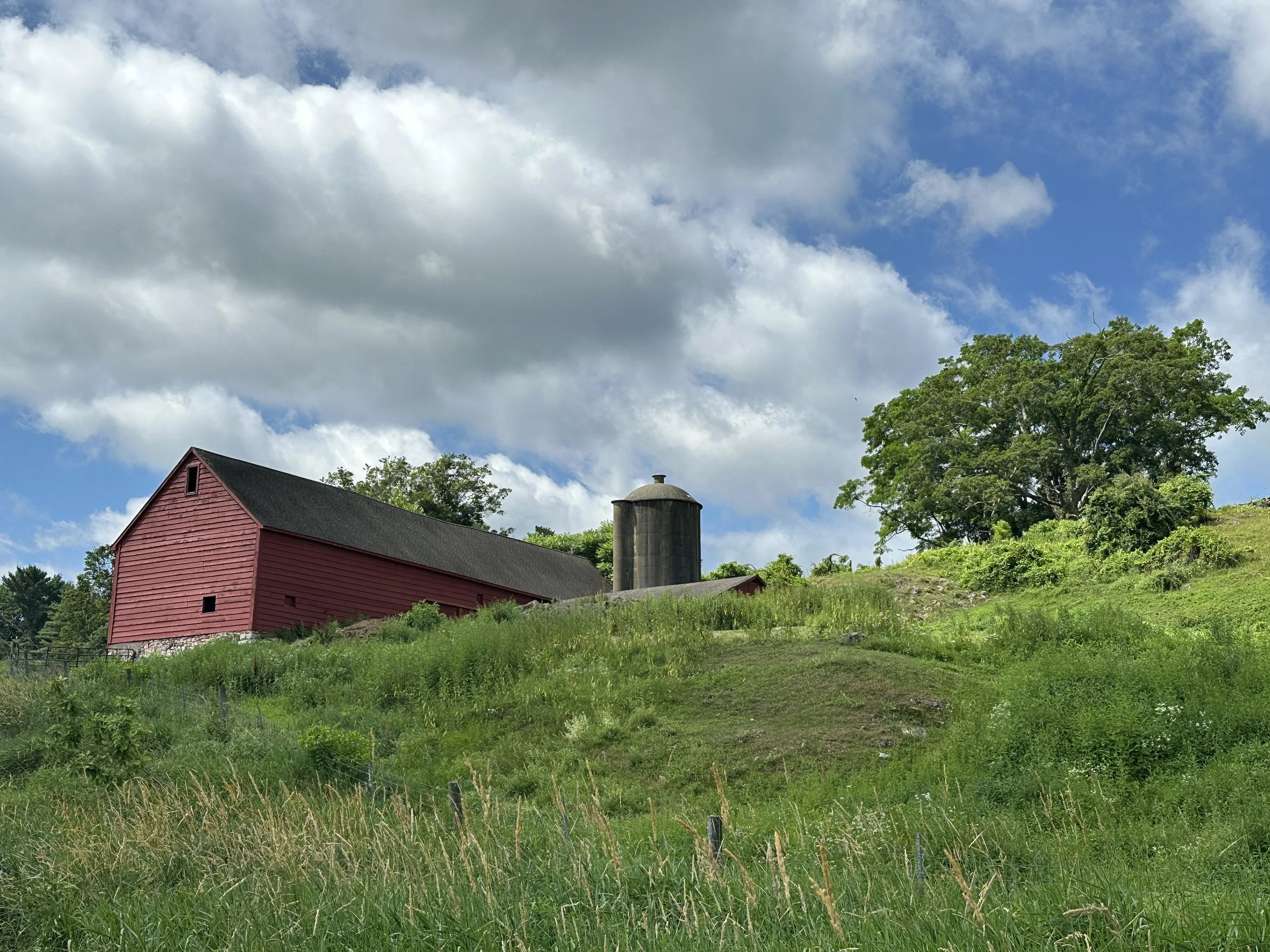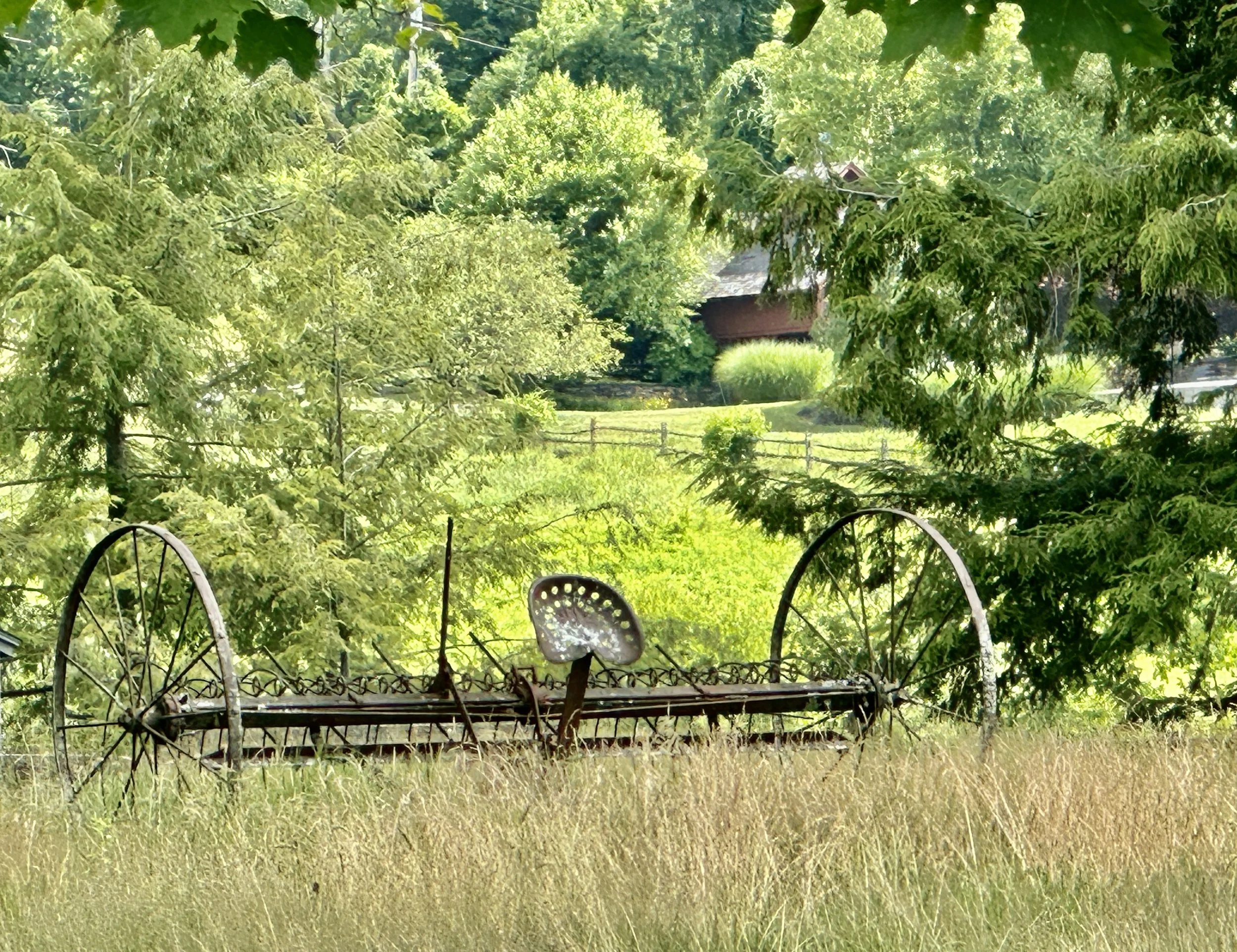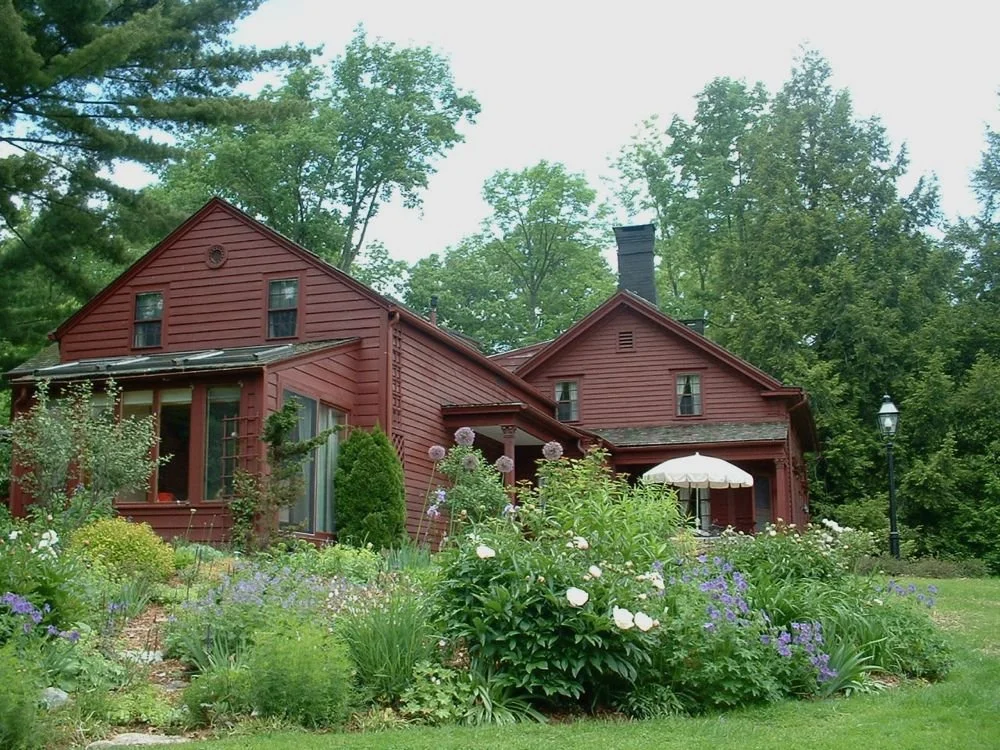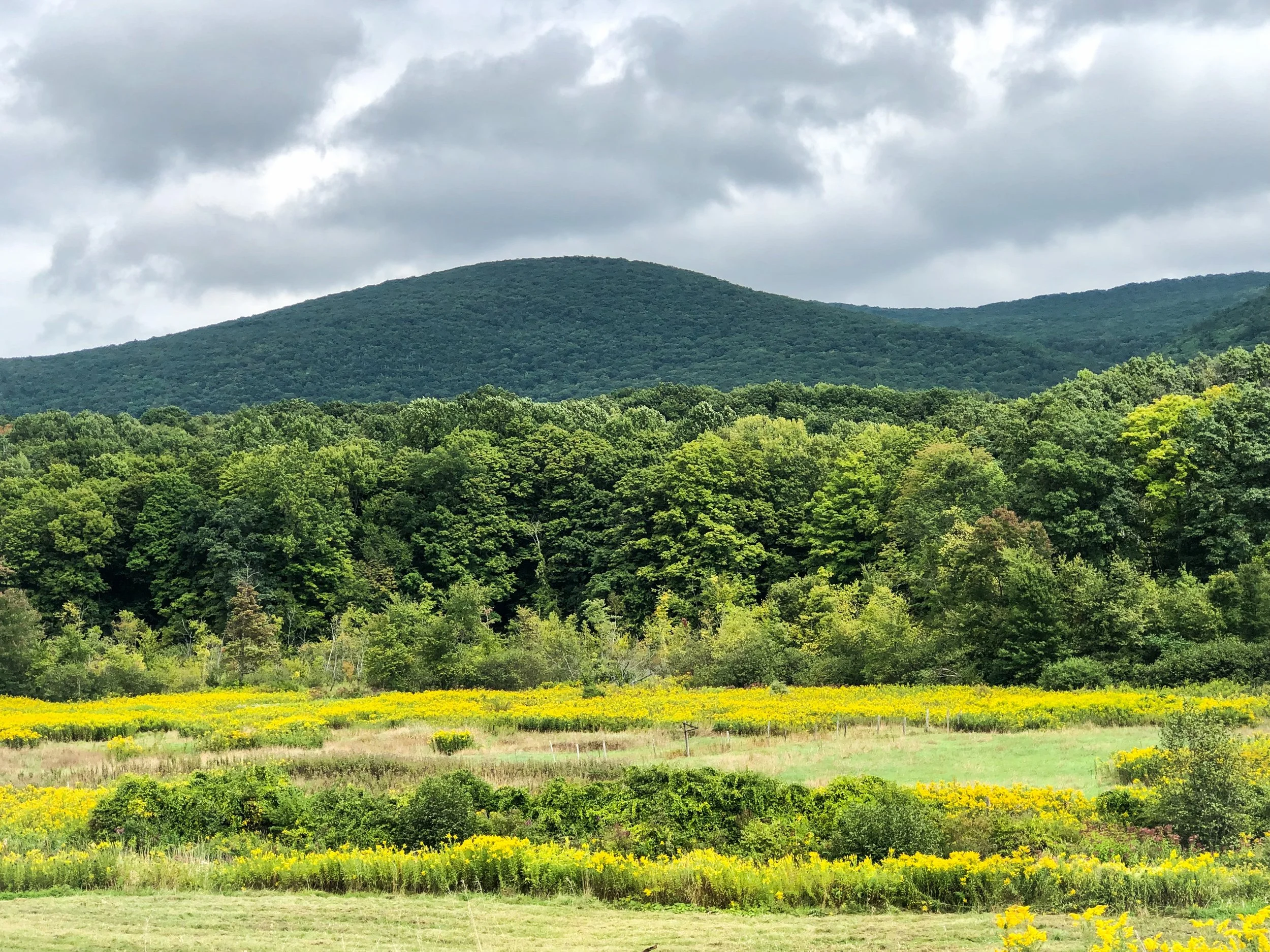Bucolic Berkshires
After endless news of devastating floods and fires, the Berkshires offer a much appreciated sense of a haven. Granted, we have experienced an occasional tornado, hilltop fires as well as, more recently, relentless heat waves and heavy downpours. However, this verdant environment brings a sense of security. It can also border on nostalgia for the past.
Call it bucolic. And while we may generally associate the word, bucolic with the “countryside”, it originates from the Greek word "boukolos," or "cow herdsman". In Latin it became "bucolicus" Later, the English adopted it to encompass an appreciation for the rustic life. Related is the word, “pastoral”, with an even more romanticized glorification of rural landscapes and lifestyles. Coming to mind are nineteenth century poets such as Wordsworth and Keats as well as the painter, Frederick Church from the Hudson River School. And let’s not forget the Impressionists such as Claude Monet who undertook painting “en plein air”.
While pedaling on my E-bike, winding the clock forward into the 21st century, I can pause, grab my iPhone out of my back pouch and hopefully capture such “pastoral” images. These serene, somewhat timeless New England landscapes often include barns in a vast field. Above, is a sheep farm a couple of miles from our home on what was once a dirt road.
hay mowing tool
Often donning a traditional “barn red”color, the paint was once made with milk. My 18th century house, Seekonk Farm, is no exception — although the paint, of course is newer and doesn’t have milk!
Further down the road towards Alford, one can come across pristine landscapes that will take your breath away. Just recently a trail has been opened on what is called “Tom Ball Mountain.” Don’t know who Tom Ball was but the trail is a jewel which, thanks to the Berkshire Natural Resources Council (BNRC), is open to all.
Golden rod in alford valley
Lined by the side of the road where cornfields are now in full regalia, and yes, a few cows may be wandering, we’re now greeted by indigo blue cornflowers, white Queen Anne’s lace, Black-eyed Susans, goldenrods, and miles of orange daylilies, native to Asia, that dazzle the eye.

